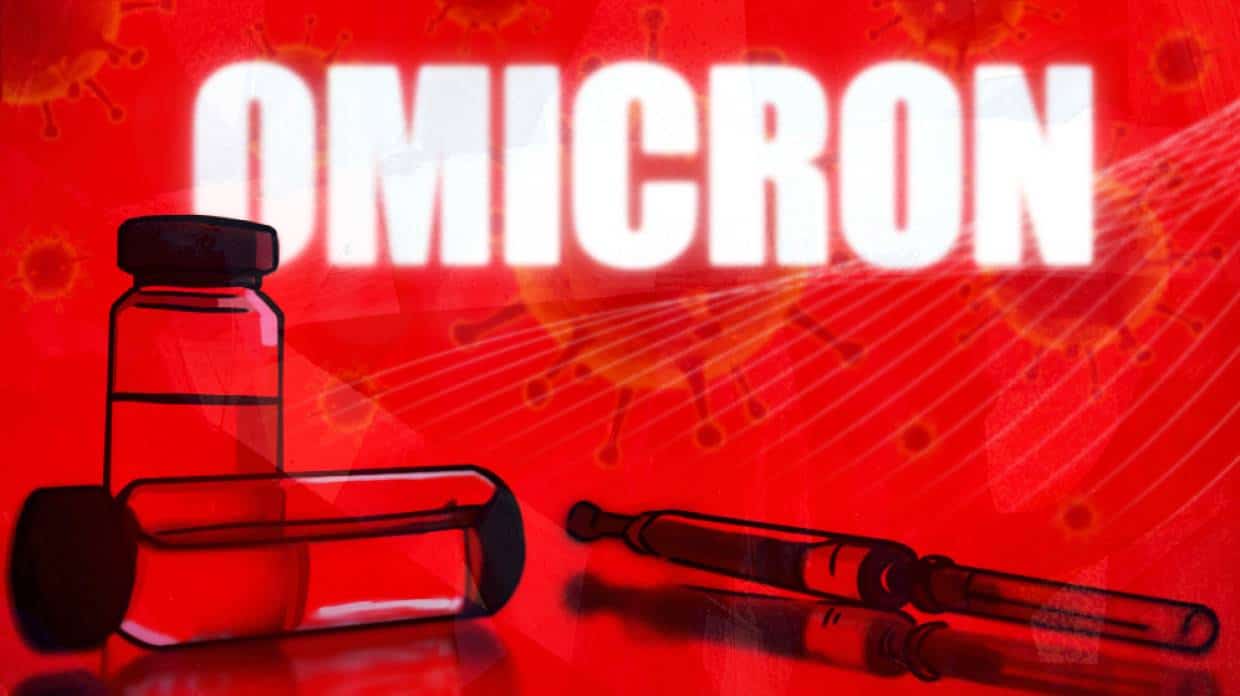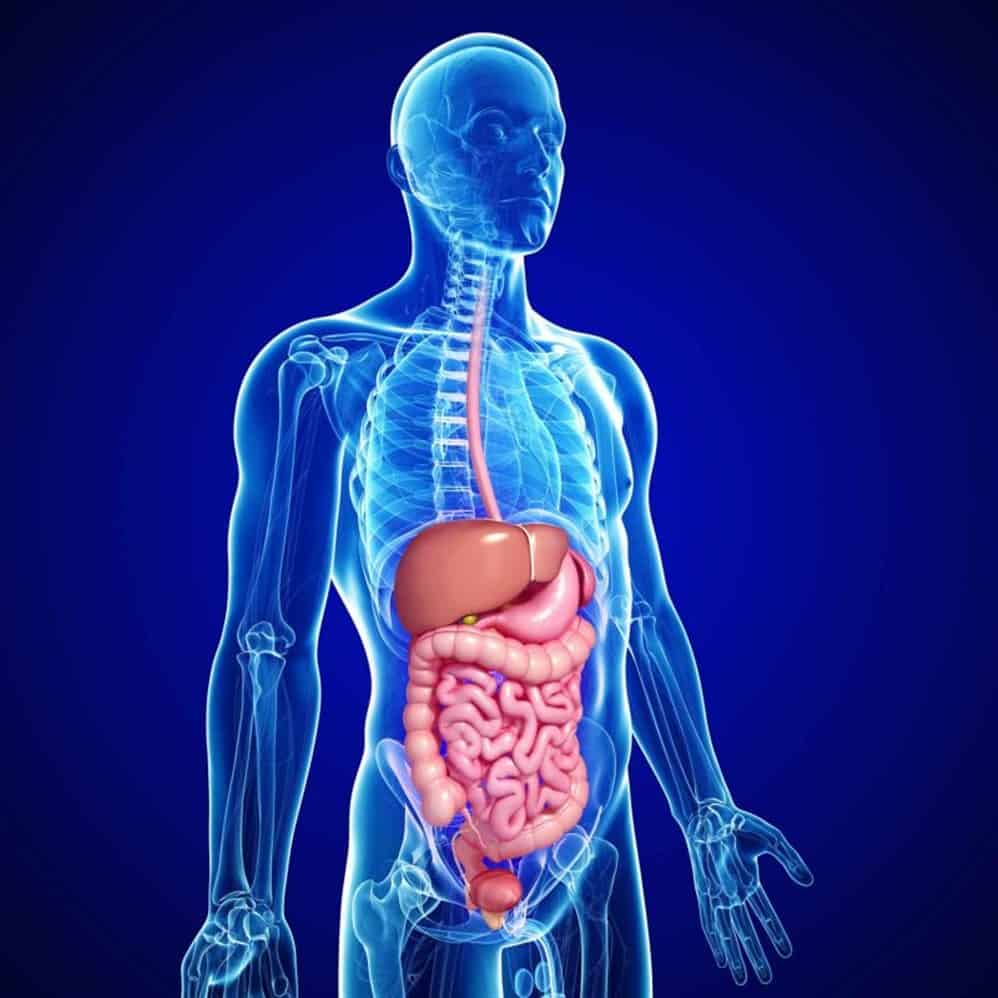Leg cramps may be for this reason

Leg cramps may be for this reason
Leg cramps may be for this reason
Although the human body needs cholesterol to build healthy cells, high levels of cholesterol in the blood can increase the chances of developing heart disease. High cholesterol is mainly caused by eating fatty foods, not exercising enough, being overweight and smoking, as well as genetic causes.
According to the Times of India, high cholesterol per se does not show symptoms and is thus often described as an “invisible killer” as it paves the way for serious health problems without suffering obvious signs.
But a buildup of cholesterol in the arteries can cause cramps or cramps in five areas of the body, which can be a symptom of peripheral artery disease (PAD), a cholesterol-related health complication.
Peripheral Artery Disease
Peripheral artery disease is a disease in which plaques such as cholesterol build up in the arteries that carry blood to the head, organs and extremities. It is a common circulatory problem where narrowed arteries reduce blood flow to the arms or legs, which do not receive enough blood flow to keep up with the normal needs. Common risk factors for PAD include aging, diabetes and smoking.
Symptoms of high cholesterol
According to the Department of Surgery at the University of California, San Francisco, symptoms of high cholesterol can include cramps or muscle tightening in the legs and in the buttocks, thighs and feet, which can ease after getting some rest.
Other symptoms of PAD include feeling weak or absent pulses in the legs or feet and noticing sores or cuts on the toes, feet, or legs that heal slowly, poorly, or not at all. The patient's skin color may also turn pale or bluish.
The patient may feel a lower temperature in one leg compared to the other. The patient may also suffer from poor nail growth on the toes and decreased hair growth on the legs.
Experts advise that a doctor should be seen if a person suffers from any of these symptoms. Despite these symptoms, many people with PAD have no signs or symptoms of the disease.
reduce risk
To reduce your risk of developing peripheral arterial disease and other cholesterol-related problems, high cholesterol levels should be monitored. It is very important to follow a healthy diet and exercise regularly.
It is mentioned that there are many foods that can actively help lower cholesterol in the blood, but the main key is to reduce saturated fats and consume unsaturated fats instead, by eating vegetable oils such as olive, sunflower, walnut and seed oils. Fish oils are a good source of healthy unsaturated fats, especially omega-3 fats.
Regular exercise can also lower high cholesterol levels. According to experts, a person should do at least 150 minutes of exercise per week. Experts advise that the beginning be gradual, as it is possible to start with the experience of brisk walking, swimming and cycling, taking into account the selection of the appropriate and desirable physical activity for the person to ensure continued and regular practice.





